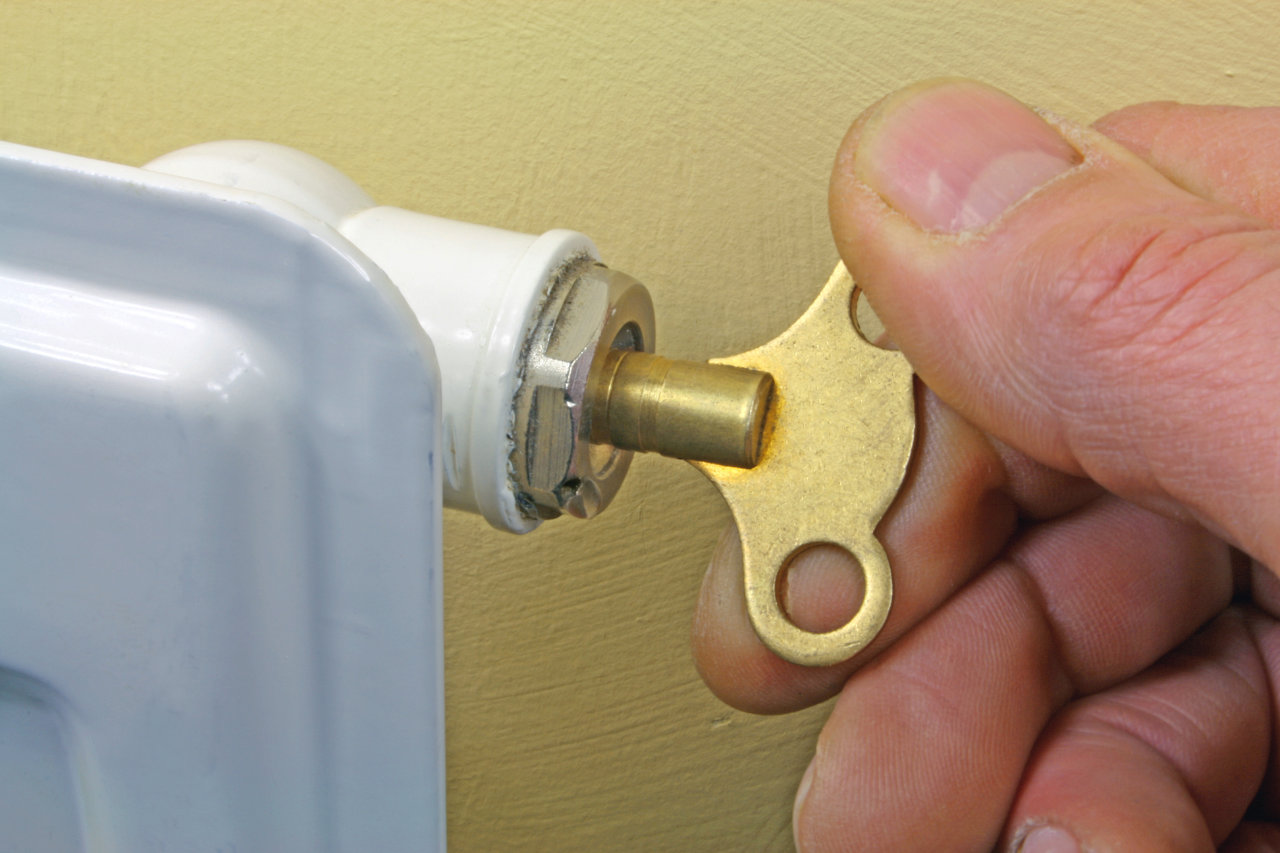Can You Bleed a Radiator When the Heating is On?

It’s necessary to bleed your radiators on a semi-regular basis. Why? One reason: it helps to ensure your central heating continues to run efficiently. With the way energy bills are soaring through the roof, it’s more important than ever to have an effective heating system that is performing optimally.
As for what is gained when you bleed a radiator, this releases air that has become trapped. Trapped air has the potential to block hot water from fully circulating around the radiator. Commonly this will cause the radiator to be cold at the top (a useful quick check), but it also has the potential to leave the entire radiator cold.
So, can you bleed a radiator when the heating is on?
Bleeding radiators with the heating on: yes or no?
To put it simply, no. You should always avoid attempting to bleed a radiator with the heating on. If you do this when the heating is on, your radiators to be hot to touch and that can lead to unnecessary – and completely avoidable – injuries. Hot water even has the potential to spray out of the radiator.
Aside from the danger of working with a radiator that has the heating on, it’s also an inefficient bleeding process. If the pump is running when you let out air, this will actually cause the system to draw in more air from elsewhere.
Bleeding a radiator correctly
Even with the above point in mind, the process to bleed a radiator does begin by turning your heating on. This is because you need to identify the radiators that require bleeding, and that begins by having them in operation. There are various tell-tale signs that help you know if bleeding is necessary. Coldness at the top of the radiator, gurgling or rattling noises, the appearance of mould on the walls – all of these suggest treatment is required. If you have the heating on one evening, simply run your hand lightly over your radiators and make note of any cold spots. If any are cold at the top, your radiators need bleeding – if they are cold at the bottom, it might be that they need power flushing.
Now turn the heating off and allow the radiators to cool down. Grab a towel and mug. Place these underneath the bleed valve to catch any released water. The bleed valve is generally found in the radiator’s top corner. Insert the radiator key into the valve and turn slowly. This will cause air to escape – evidenced by a hissing noise – from the radiator. Once water starts coming out, close the valve.
When the process has been completed for each radiator that requires bleeding, it’s time to check the boiler pressure. Is the pressure below 1 bar? In this case, the pressure is too low – and the system will need to be repressurised. If the pressure is between 1 and 2 bars – aka normal – you can put the heating back on to see if the bleeding has worked.
If you’re still having issues with your radiators after this process, make sure to get in touch. With GJS Plumbing and Heating Services, we have the expertise to diagnose and solve any radiator-based problems you’re dealing with currently.
